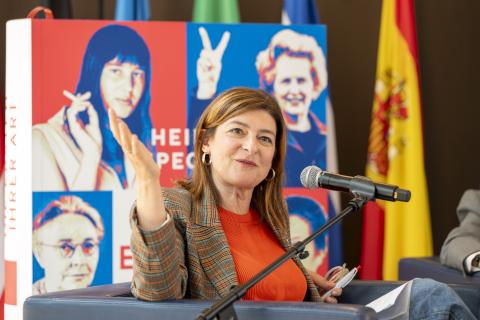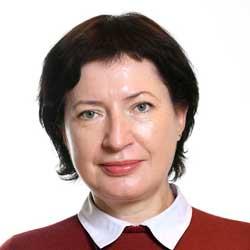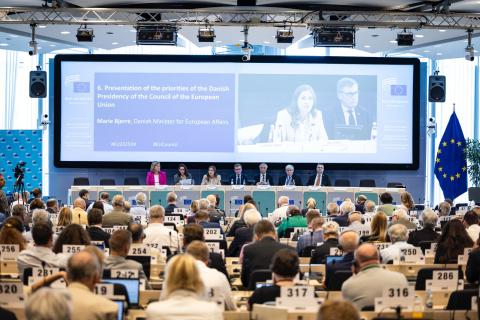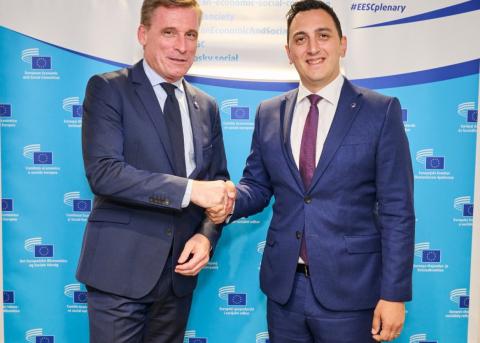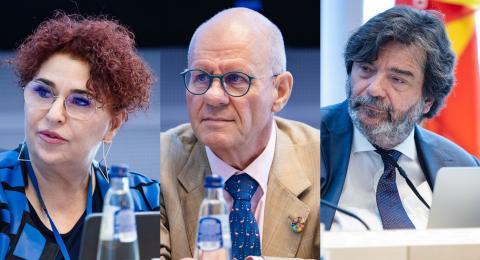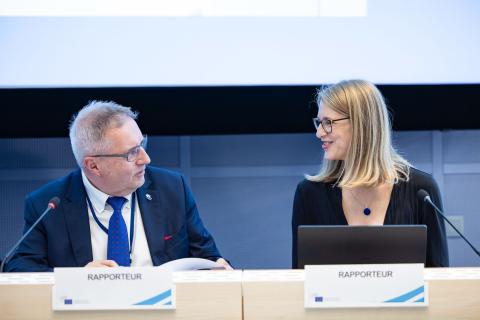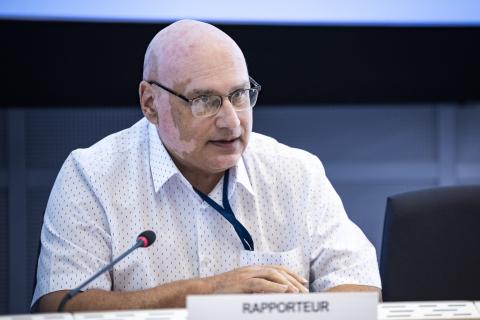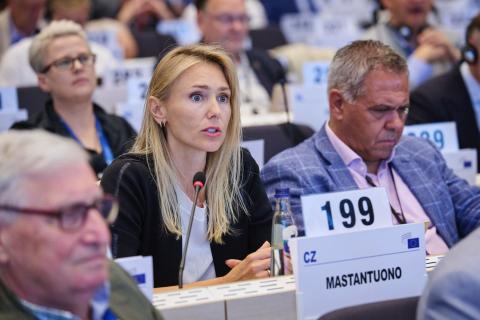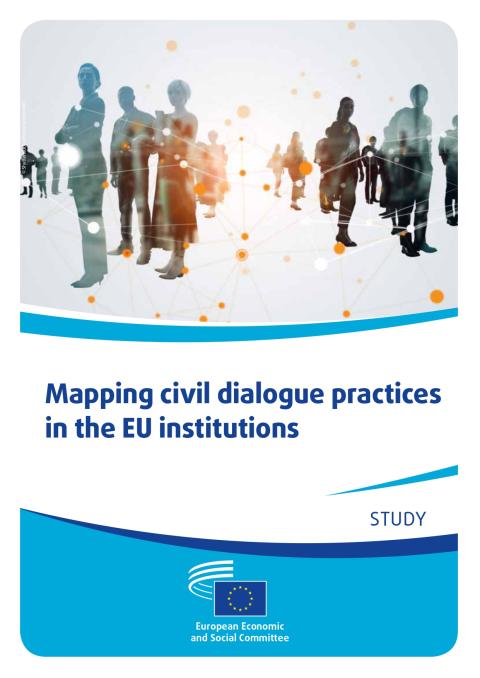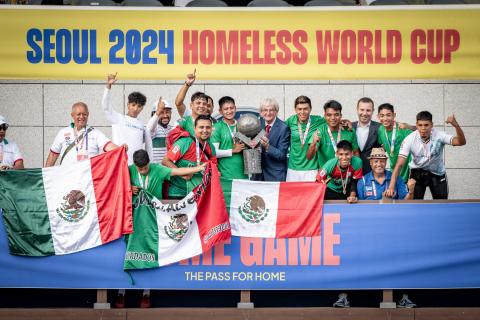The Homeless World Cup Foundation has been changing lives through football since 2003. Its mission? Using football to support and inspire homeless people to transform their own lives; and to change the attitudes towards people experiencing homelessness. A charity registered in Scotland, it operates a global network of some 70 grassroots organisations whose year-round work culminates in the Homeless World Cup, the landmark women’s and men’s international street football tournament. The movement, which has so far helped over one million people globally, has served as inspiration for the Netflix film The Beautiful Game.
EESC Info spoke with the co-founder and president of the Homeless World Cup, Mel Young, about this extraordinary movement.
How does the Homeless World Cup use football as a tool for social inclusion, and what kinds of changes have you seen at grassroots level?
The Homeless World Cup uses football as a powerful and universal tool to engage people who are experiencing homelessness or social exclusion. By participating in structured training sessions and eventually in the Homeless World Cup, a global international tournament, players rebuild confidence, develop discipline, reconnect with others and often begin to see a path forward.
At the grassroots level, we’ve witnessed remarkable changes: individuals recovering from addiction, finding stable housing, pursuing education and securing employment. Many players also return as volunteers, coaches or mentors, helping others on their journey. Football provides a sense of belonging and routine, which is often lacking in the lives of those affected by homelessness.
One of your goals is to challenge public attitudes towards homelessness. Have you seen a shift in perception as a result of your work?
Yes, absolutely. By showcasing the talents, resilience and humanity of people experiencing homelessness, the Homeless World Cup challenges the often-negative stereotypes associated with this issue. When spectators, media and communities see players representing their nations, united through football, it humanises the issue in a unique and powerful way.
We’ve seen shifts in how local communities, media outlets and policymakers discuss homelessness – moving away from blame and stigma and towards empathy, support and action. The tournament acts as a platform not only for players but also for social change.
Cities Ending Homelessness is an initiative we introduced in 2023 with an ambitious aim – to bring together policymakers, social innovators, those with lived experience and academics from across sectors to discuss how to end homelessness. In Oslo, we held a forum over the 7 days of the tournament.
What kind of support structures are in place for players once the tournament ends? How do you help them stay connected and involved throughout the year?
The tournament is only one part of the broader Homeless World Cup movement. Each member country (team and players) which is part of the Homeless World Cup network works year-round to support players through housing assistance, education, employment pathways, mental health support and addiction recovery programmes.
After the tournament, players often remain connected through local leagues or volunteering opportunities, or by taking on ambassadorial roles. Some return as staff, coaches or part of future delegations at tournaments. The network ensures that participation in the tournament is not the end but a launchpad for longer-term transformation.
Your network relies on a strong civil society backbone. Could you share how local organisations help make participation in the tournament possible?
Local partner organisations in our 70 member countries across the world are at the heart of the Homeless World Cup. They deliver grassroots programmes in their communities, identify and support players, provide coaching and life-skills training, and manage all the preparation involved in sending a team to the Homeless World Cup tournament.
These organisations understand the unique challenges in their local context and ensure that support is sustainable. They are also crucial in maintaining long-term relationships with players and providing continuity well beyond the tournament. Without our member countries and the work they do, the Homeless World Cup simply wouldn’t be possible.
Based on your experience, is there anything you believe the EU institutions or the Member States could do to better support inclusive sport initiatives?
Firstly, there needs to be a policy shift in terms of the role of sports as a force for change. Initially, when we started the Homeless World Cup, no one could understand why we were using football as a mechanism for changing the lives of the most marginalised people. Yet we have proved year on year that it has a widespread and qualitative impact. There is plenty of evidence from other NGOs working in the ‘sports for development’ sector showing how successful this work can be.
Evidence needs to be collected that demonstrates the impact across the sector. Policy then needs to shift so that governments include ‘sport and development’ initiatives within their plans to tackle poverty and marginalisation.
Secondly, sport needs to be integrated across other departments more widely. Too often, the department become isolated and underfunded because it is seen solely as being about high performance; yet sport has much to offer. For example, it should be part of health departments because, once again, there is plenty of evidence to show that sport encourages people to keep active, which is much better for health and in turn reduces the pressure on overall budgets. Sport should be integral to every aspect of government policy.
Mel Young is a serial social entrepreneur who founded the Homeless World Cup in 2003, along with Harald Schmied. Chair of the Homeless Word Cup, he co-authored the 2017 book Home Game, which tells the story of the movement and went on to inspire the Netflix film The Beautiful Game. Passionate about the power of sport to change lives, he has set up various social initiatives over the years.


